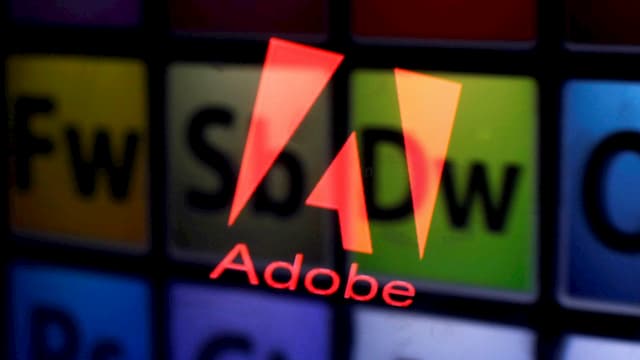Flash Player, software that has declined in popularity since the advent of the internet on mobile phones is officially discontinued by Adobe
The internet plug-in designed by Adobe, that was responsible for some of the internet’s best-loved viral animations has officially been discontinued. On the 1st January the software company, Adobe stopped supporting and updating its Flash Player.
The company has also asked users to uninstall the software before it blocks all Flash content from the 12th January.
First released in 1996, Flash transformed the internet and was instrumental in allowing content creators to make and share animations and games that could be downloaded quickly via a dial-up internet connection.
It also helped early versions of video streaming websites like YouTube, which used Flash to stream high-quality videos.
But it has always been plagued with security concerns and struggled to keep up as internet technology developed and users moved to mobile phones to surf the web.
In 2010 Steve Jobs wrote a damaging open letter called” Thoughts on Flash”, in which he criticised the software and set out why it wouldn’t be allowed to run on Apple products. Other brands then started to distance themselves and in November 2011, Adobe announced it was ending support of Flash for mobile web browsers after multiple issues.
But the final blow came in 2014, when HTML5 was released. This provided many of the same functions as Flash but did not require users to install a specific plug-in.
As a result, the popularity of Flash started to fade. That year 80% of Chrome users were visiting Flash sites, but in 2017 Google said that figure had dropped to below 17%.
Big companies like YouTube, Facebook and Netflix went on to stop using Flash and, in 2017, Adobe announced it was discontinuing it altogether in 2020.
Many are mourning the demise of the software which has become synonymous with the early days of the internet.
Meanwhile, other internet users have raised concerns that years of content will be lost when Flash goes down for good. Developers are working on alternative software that can support old Flash content and a blog called The Internet Archive is currently hosting more than 2,000 items.



